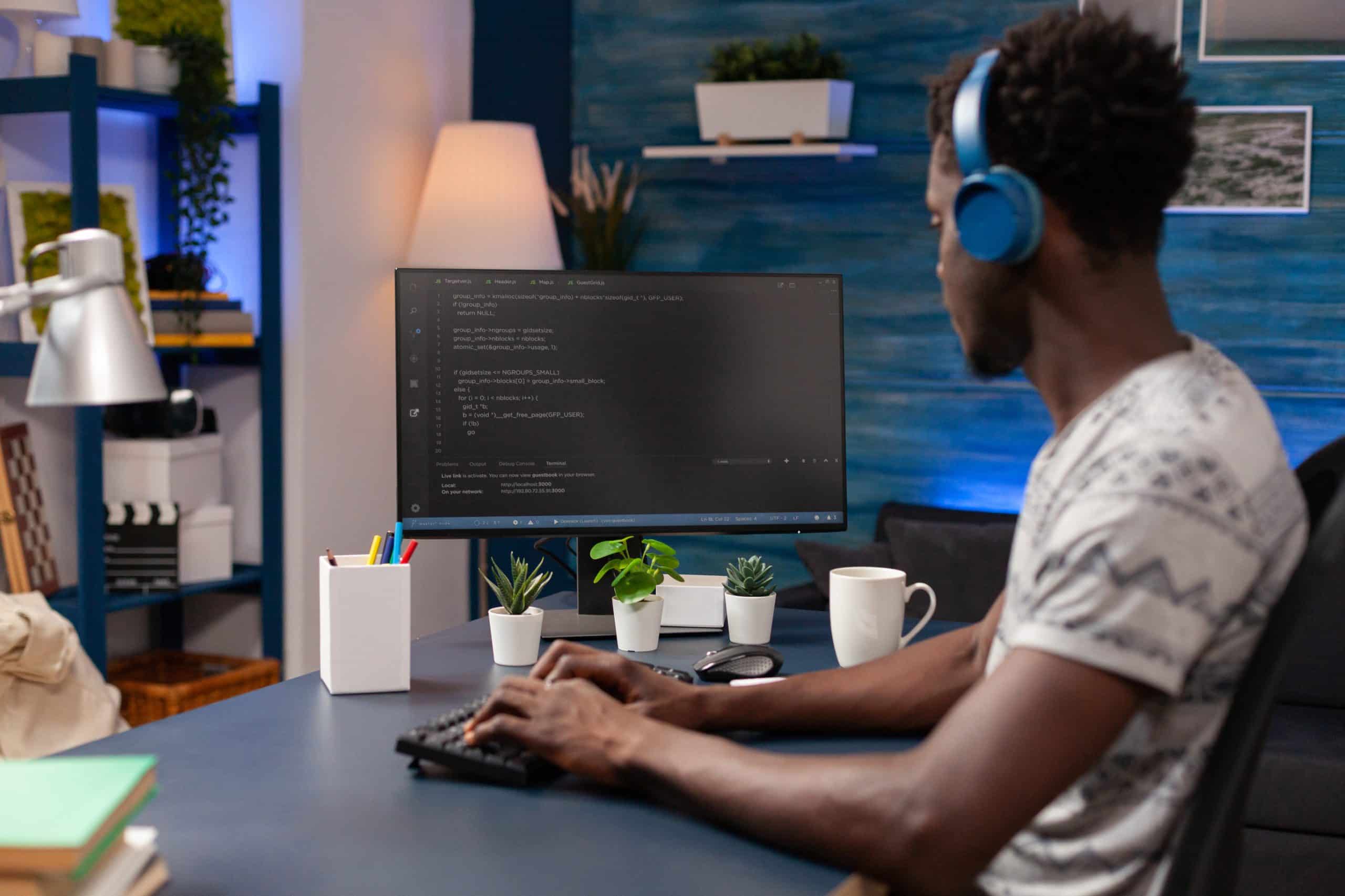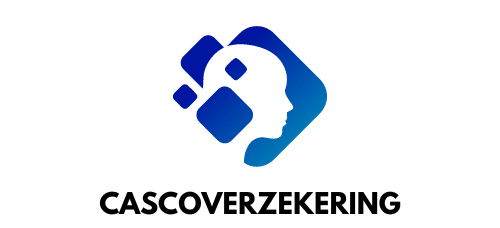What Are the Best Strategies for Introducing Coding Education in UK Primary Schools?

In the age of digital transformation, coding has become a vital skill for students everywhere. Particularly in the UK, the rise of technology in everyday life has created a demand for digital knowledge and proficiency in computing. As coding has evolved into a new language of the modern world, it is extremely beneficial for students to be introduced to it at a young age. In this article, you will learn about the best strategies for incorporating coding into the curriculum of UK primary schools, and how teachers can effectively impart this knowledge to their pupils.
Integration of Coding into the Curriculum
The integration of coding into the school curriculum is a noteworthy strategy for introducing coding education. By incorporating hands-on coding activities into regular learning, pupils can better grasp the concept and its real-world applications.
Have you seen this : How Can Community-Supported Agriculture (CSA) Schemes Benefit UK Urban Residents?
Starting with the basics of coding, lessons can be designed to introduce pupils to coding concepts in a fun, interactive, and engaging manner. This could involve the use of visual programming languages like Scratch to help students understand the basic building blocks of code. To maintain engagement, coding projects can be tied to other subjects in the curriculum, such as mathematics or science, fostering a cross-curricular approach to learning.
Teachers should also aim to emphasise the importance of computational thinking— how we break down complex problems into manageable parts. This is a key component of coding and can be applied across various subjects, giving pupils a practical understanding of the processes involved.
In parallel : Hardwood conservatories kent: crafted for comfort and style
Training Teachers and Employing Coding Specialists
Teachers are the primary facilitators of learning, and so their proficiency in coding will significantly affect their ability to impart digital knowledge. With the right training, teachers will not only teach coding but also inspire a love for computing and technology in their students.
Investing in professional development opportunities for teachers should be a priority. Workshops, seminars, and online courses are excellent avenues for teachers to learn the basics of coding and how to teach it effectively. Importantly, these resources should not solely focus on the technical aspects of coding but also on pedagogical strategies for teaching code.
Additionally, schools can consider employing coding specialists or inviting guest speakers from the tech industry to inspire students and give them insights into the professional world of coding. These industry experts can also support teachers in delivering up-to-date and engaging lessons.
Adopting Tools and Resources that Simplify Coding
The use of appropriate tools and resources can significantly simplify the process of teaching and learning code. There are numerous online platforms, apps, and software that provide interactive coding tutorials, making the learning experience more enjoyable and less intimidating for kids.
Some platforms utilise game-based learning, which can be highly effective in capturing students’ interest. Coding puzzles and challenges foster critical thinking and problem-solving skills, while also allowing students to learn at their own pace.
Teachers can also utilise blended learning strategies, combining digital resources with traditional classroom instruction for a more comprehensive learning experience. This strategy is particularly helpful for students who might struggle with certain coding concepts, as it allows them to revisit topics and practice at their own pace.
Encouraging a Collaborative Learning Environment
Collaboration is a key aspect of coding. In real-world tech projects, coders often work in teams to build and debug code. Therefore, fostering a collaborative learning environment can significantly enhance students’ coding education.
One way to achieve this is through pair programming, where two students work together on a single computer —one writing the code while the other reviews it. This approach not only promotes teamwork, but also encourages verbal communication of complex ideas, which is a crucial part of coding.
Additionally, coding clubs or after-school activities can provide a space for students to work on coding projects together and learn from one another. These clubs also offer a more relaxed environment where students can explore coding outside the traditional classroom setting.
Promoting Diversity in Coding
Promoting diversity in coding is crucial. Coding should be accessible and welcoming to all students, regardless of their gender, ethnicity, or socio-economic background. Schools should strive to break down any stereotypes associated with coding and promote it as a universal language that everyone can and should learn.
Teachers can start by showcasing diverse role models in the tech industry and highlighting the achievements of underrepresented groups. This not only helps to break down stereotypes, but also inspires students by showing them that anyone can become successful in the world of coding.
Coding projects can also be tailored to appeal to different interests. Whether it’s creating a digital art project, coding a game, or programming a robot, there’s something in coding for everyone.
Remember, the goal of introducing coding education is not just to develop future programmers, but to equip students with a digital language and mindset that can serve them in all areas of life. The strategies outlined in this article aim to make coding an accessible, integrated, and inclusive part of the primary school curriculum.
Incorporating Dual Coding and Reducing Cognitive Load
Implementing dual coding in coding lessons can be an effective teaching strategy. Dual coding, as explained by the Royal Society, is a learning strategy that combines both verbal and visual information to aid understanding and recall. In the context of coding, this could involve combining visual block-based exercises with written programming languages, allowing pupils to see how the blocks translate into written code.
To ensure a high-quality computing education, lessons should be designed to minimise cognitive load. Cognitive load refers to the amount of mental effort required to process new information. If the load is too high, it can hinder learning and problem solving. Teachers can reduce cognitive load by gradually increasing the complexity of coding tasks, allowing pupils to grow confident with simpler concepts before introducing more complex ones.
For instance, during the key stage, pupils can start by creating simple animations or interactive stories using a visual programming language like Scratch. Gradually, teachers could introduce text-based programming languages like Python or Java, demonstrating how the visual blocks they’ve been using translate into written code.
This approach enables students to grasp the concept of coding without feeling overwhelmed by information, which is a common issue in teaching strategies that fail to consider cognitive load.
Cultivating Digital Citizenship and Enhancing Digital Literacy
As part of the coding curriculum, it’s crucial to cultivate digital citizenship and enhance digital literacy among pupils. Digital citizenship refers to the norms of appropriate and responsible technology use. By incorporating this into coding lessons, teachers can foster a sense of responsibility and ethics in the digital world.
This can be achieved by discussing ethical considerations and potential risks associated with coding and the wider digital world. Topics like cyberbullying, online safety, and digital footprints should be part of the discussion to ensure students gain a broader perspective on computing education.
Digital literacy, on the other hand, is about being able to use, understand, evaluate, and create digital content. As coding is a form of creating digital content, enhancing digital literacy directly aligns with coding education.
Teachers can enhance digital literacy by encouraging students to create their own digital projects. This could include coding their own games, building a website, or creating a digital art piece. These projects not only provide practical coding experience but also allow students to express their creativity and understand the impact of their digital creations.
In conclusion, introducing coding education in UK primary schools requires a careful and well-rounded approach. By integrating coding into the curriculum, training teachers, employing coding specialists, using appropriate tools and resources, promoting a collaborative learning environment, and focusing on diversity, we can help equip our students with a vital digital language.
At the same time, it’s important to incorporate dual coding strategies, manage cognitive load, and focus on digital citizenship and literacy to ensure a comprehensive, high-quality computing education. Remember, the goal isn’t just to teach students how to code, but to empower them with a problem-solving mindset and digital skills that they can carry forward into their future careers and everyday life.
